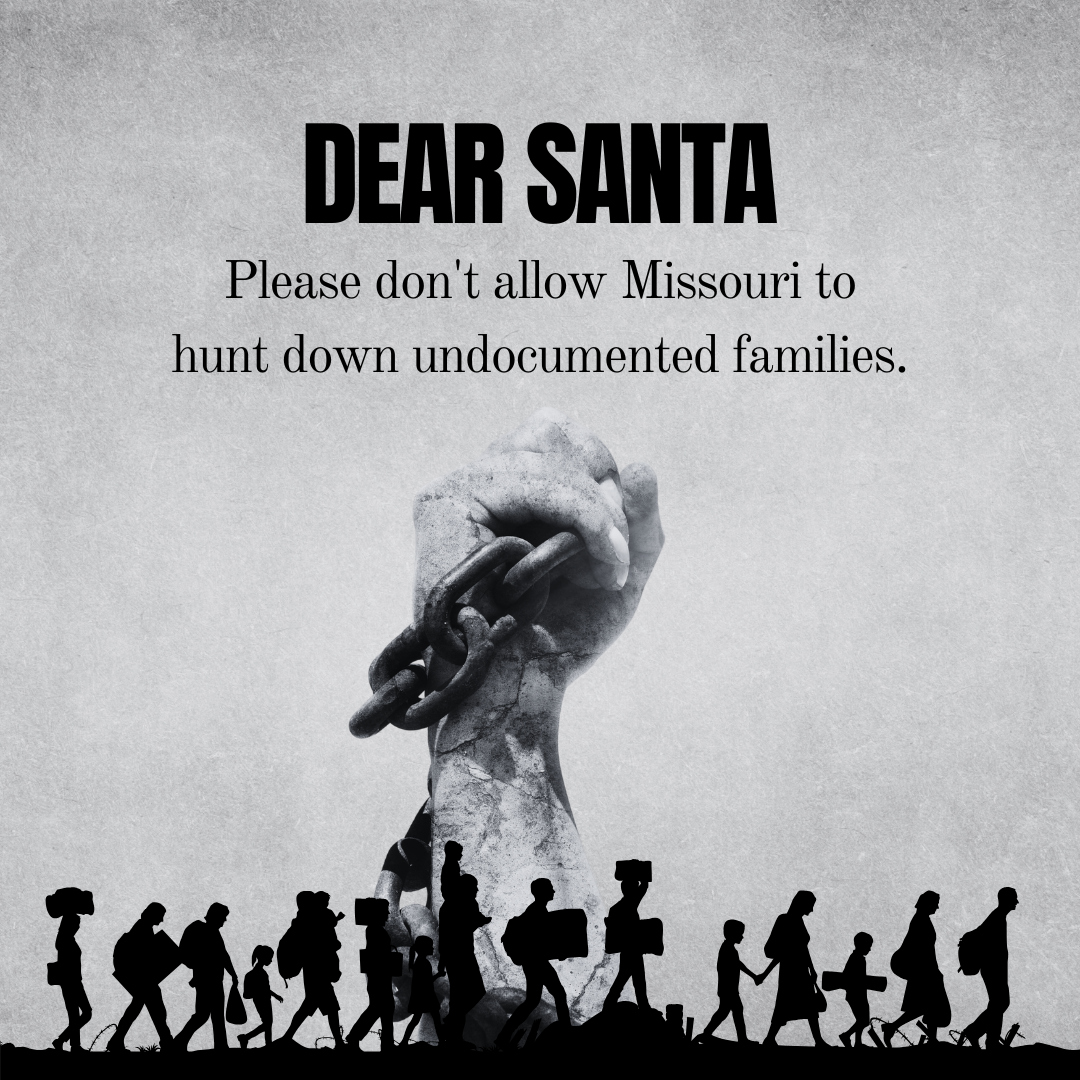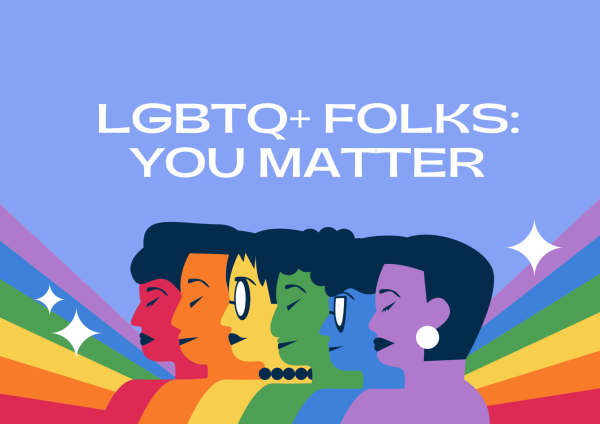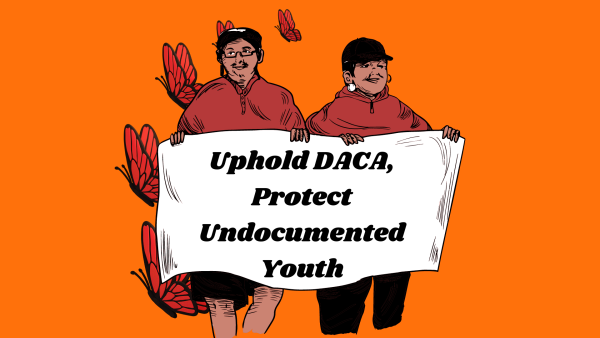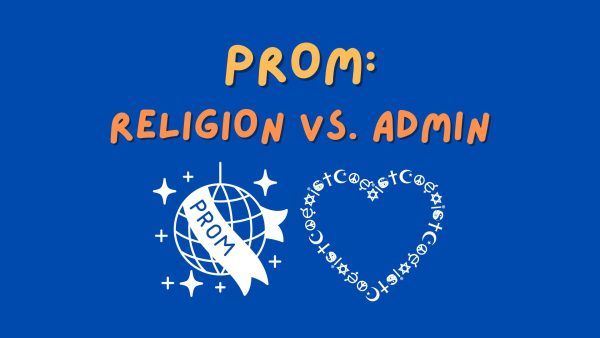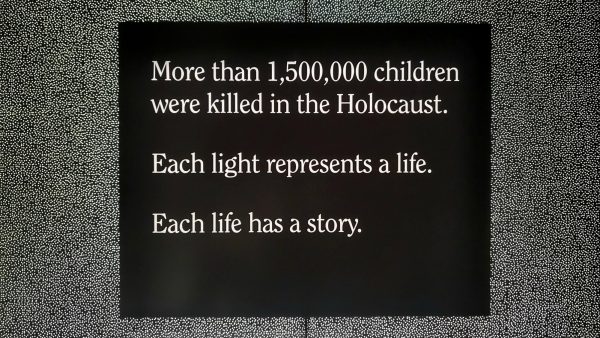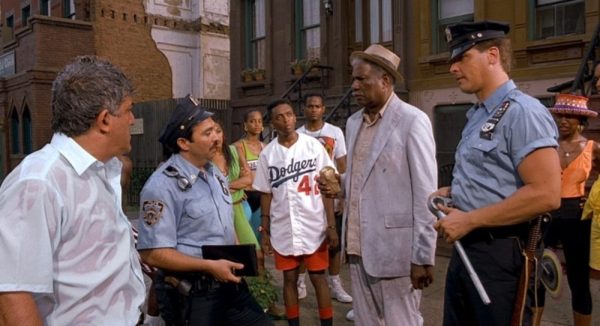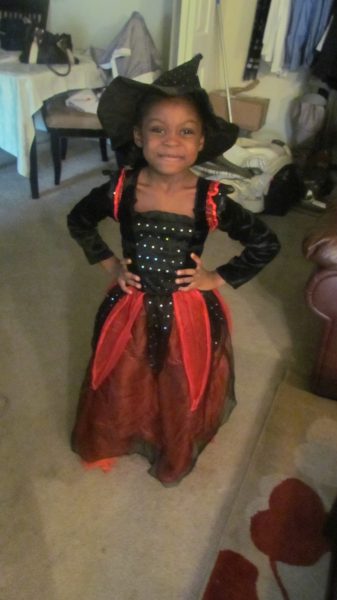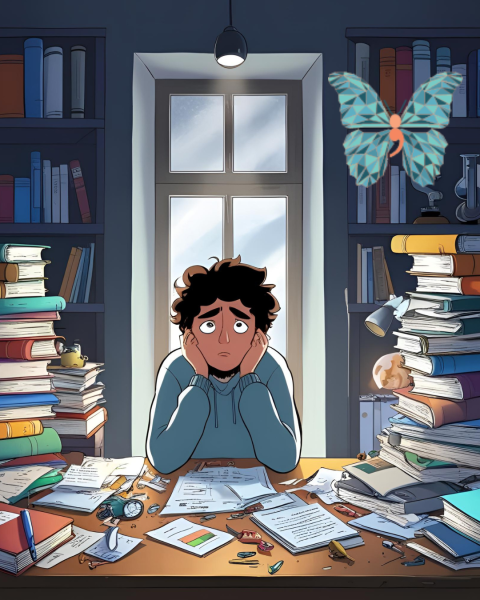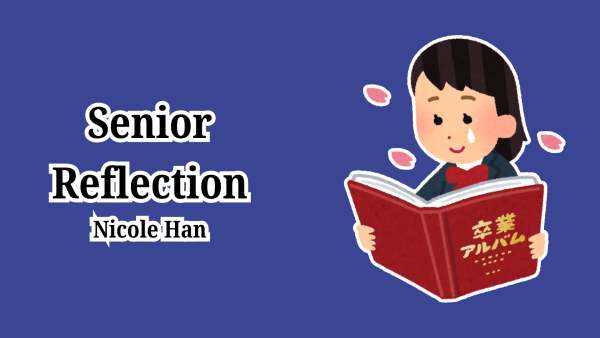The rise in anti-Asian hate crimes is unacceptable and needs to end
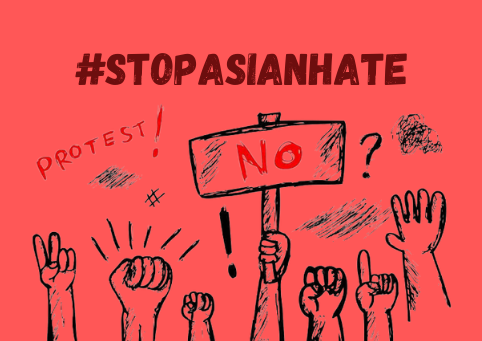
Terms that were once deemed “harmless” have now become harmful.
Over the past year, there has been a large increase in the number of hate crimes against Asian people. Unfortunately, this hate is often being overlooked.
Starting around the beginning of 2020 when COVID-19 first started to break out, many Asian people reported violence against them. From March of 2020 to June of 2020, there had been more than 2,100 anti-Asian hate crimes relating to COVID-19, and in major cities they have increased by 150 percent.
There have been many cases of these hate crimes over the past few weeks. Eighty-four-year-old Vicha Ratabapakdee was shoved to the pavement while taking a walk in San Francisco, and she eventually passed away due to injuries from the accident. A 91 year old Asian man and two others were pushed to the ground in Oakland’s Chinatown. Noel Quintana was slashed across the face during a subway ride in Manhattan.
On March 16, at Atlanta massage parlors, eight people died after being shot, six of the victims being Asian women. The murderer had been a customer at two of the targeted parlors, and had sought out treatment for sex addiction in the past. He also targeted an industry that has a history of concerns with sex trafficking.
The incident caused a shake in the media, where people have not only been protesting the incident on March 16, but also the rise in Asian hate crimes, demanding for change.
Not including the physical attacks, there has been rises in workplace discrimination, refusal of service, and online harassment. People directly blaming those of Asian descent for the virus, or telling them to leave America.
During early 2020, people first started calling COVID-19 racist terms such as the “Chinese virus” or “kung flu” after Donald Trump had initially called it that in March of the same year. Those who used those terms to address the virus called them “harmless” or “accurate because the virus originated from China.” In reality, blaming an entire virus on a racial or ethnic group is never a good idea.
Sadly, America has a bad past with associating marginalized groups with negative things. After the Pearl Harbor attack in 1941, many Japanese-Americans faced large amounts of racism and discrimination, even having to be relocated to centers. During the AIDS/HIV epidemic that surged in the 1980s, those in the LGBT+ community were targeted at higher rates, and those around them feared they could get the virus just by being near them, thus contributing to the erroneous idea that Asian-Americans are “viruses.”
There are many more examples, but the point is that associating something deadly with a large number of people paints the whole group in a negative light. This causes hate towards the group. By connecting COVID-19 to Asian people, many saw harassing Asian people as a way to take out their hatred for the virus, or just an excuse to harass.
The rise in these hate crimes have caused a fear within Asian households. Large percentages of Asian students have opted out of in person learning, deciding to remain virtual. There are many different reasons why they have decided this, but a big reason is parent’s fear of having their child assaulted at school.
Any way to help is useful. Spreading awareness about the situation, donating to organizations and fundraisers, supporting Asian-owned businesses, helping to organize/going to protests, etc.
For more Anti-Asian violence resources, go to anti-asianviolenceresources.carrd.co. They have links of websites for information on statistics, new updates about the hate, places to donate, places to report incidents, and more.
Your donation will support the student journalists of Watkins Mill High School. Your contribution will allow us to purchase equipment and cover our annual website hosting costs.
Mina Graham is a Senior at Watkins Mill High School. She is part of NHS, ACES, the Social Awareness Group (SAG), and plays varsity tennis. She has plans...



